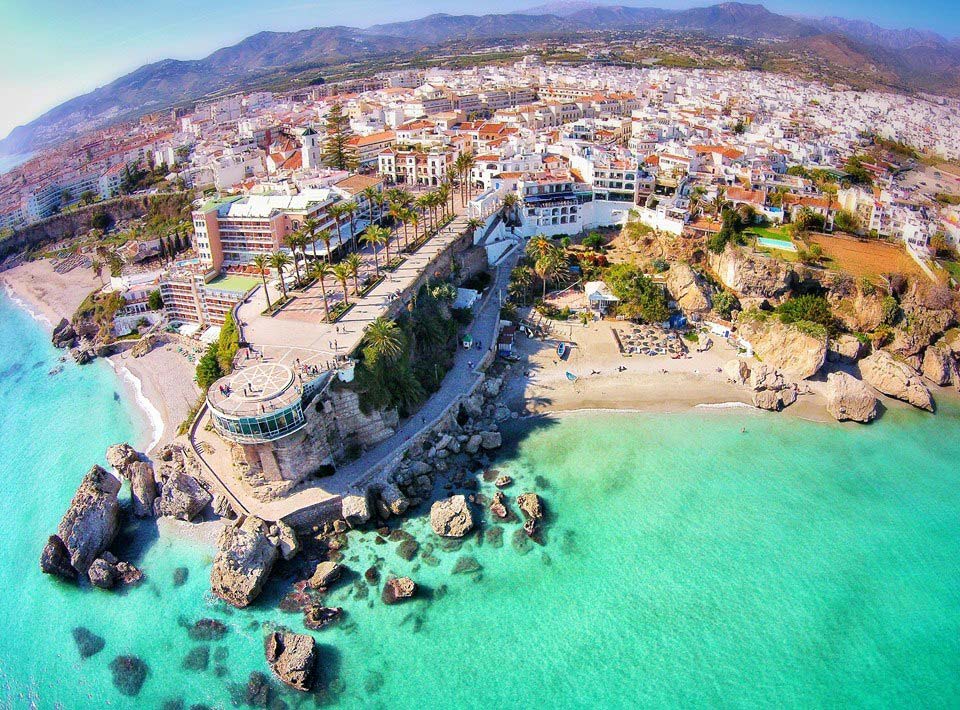
Starting June 1, 2025, travellers holding Mastercard and Visa credit cards in the United Arab Emirates will face significant changes to their airport lounge access privileges. These updates, introduced by both payment networks, are designed to streamline the lounge experience and better manage the growing number of passengers at major UAE airports.

The new rules impact eligibility, required registrations, and the number of complimentary visits, making it essential for cardholders to review their benefits and prepare before their next trip.
Key Points:
Mandatory App Registration:
- Mastercard: All cardholders must register on the Mastercard Travel Pass app to access lounges.
- Visa: Lounge access now requires registration on the Visa Airport Companion app, replacing the old method of showing a physical card.
Annual Visit Limits:
Mastercard:
- Platinum: 4 free lounge visits per year.
- World: 8 free lounge visits per year.
- World Elite: 14 free lounge visits per year.

Visa:
- Platinum: Up to 6 free lounge visits per year (some issuers may limit to 2).
- Signature: Up to 10 free lounge visits per year.
- Infinite: Unlimited lounge visits per year.
Spending Requirements:
- Mastercard: Cardholders must make at least one international transaction of USD 1 or more within three months prior to each lounge visit to unlock access.
- Visa: Cardholders must meet specific spending thresholds within 35 days prior to the lounge visit to qualify for access, with the exact amount depending on the card and issuer.
Transition Period:
- For 2025, the calendar year for lounge access caps will run from May 1 to December 31.
Supplementary Cardholders:
- Mastercard: Supplementary cardholders must register separately and meet the same spending requirement. They receive the same lounge access benefits as the primary cardholder.
- Visa: Supplementary cardholders are typically eligible for the same benefits as the primary cardholder, but must also register on the app.

Guest Access:
- Mastercard: Guests (including children over 1 year old) are allowed if traveling on the same flight as the cardholder, but each guest visit is deducted from the annual allowance. Extra guests beyond the allowance are charged USD 32 per person.
- Visa: Similar guest access rules apply, with extra guests charged USD 32 per person in most cases.
Digital Experience:
- Mastercard: Generate and present a QR code or membership number from the app to access lounges.
- Visa: Use the Visa Airport Companion app to check eligibility and access lounges.

Preparation Tips:
- Register Early: Complete your registration on the Mastercard Travel Pass or Visa Airport Companion app well before your travel date to avoid last-minute issues.
- Check Eligibility: Verify your card tier and the number of complimentary lounge visits you are entitled to each year.
- Meet Spending Requirements: Ensure you make the required international transaction (Mastercard) or meet the spending threshold (Visa) before your lounge visit to avoid access denial.
- Review Guest Policies: Confirm how many guests you can bring and what fees apply for additional guests.
- Plan for Supplementary Cards: If you have supplementary cardholders, ensure they also register on the app and meet the same requirements.
- Explore Alternative Access: If you exhaust your free visits, consider purchasing a day pass or annual membership to independent lounge networks like Priority Pass or LoungeKey.
- Check Lounge Availability: Use airport or lounge apps to check lounge locations, hours, and amenities before you arrive.
- Arrive Early: Allocate enough time before your flight to enjoy lounge amenities, as some lounges have peak hours or entry restrictions.
- Dress Appropriately: Dress comfortably but respectably, as most lounges have a smart-casual dress code.
- Maximize Lounge Benefits: Take advantage of food, beverages, Wi-Fi, showers, and relaxation areas—many lounges offer extras like spas and quiet zones.
- Stay Informed: Regularly check for updates from your card issuer or lounge provider, as policies and access rules can change.
By following these steps, you can ensure a smooth and enjoyable airport lounge experience under the new rules.








.jpg)


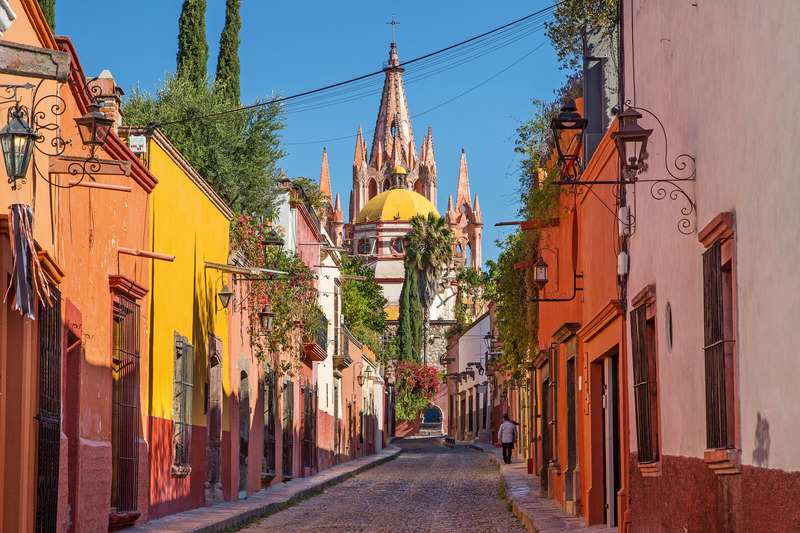



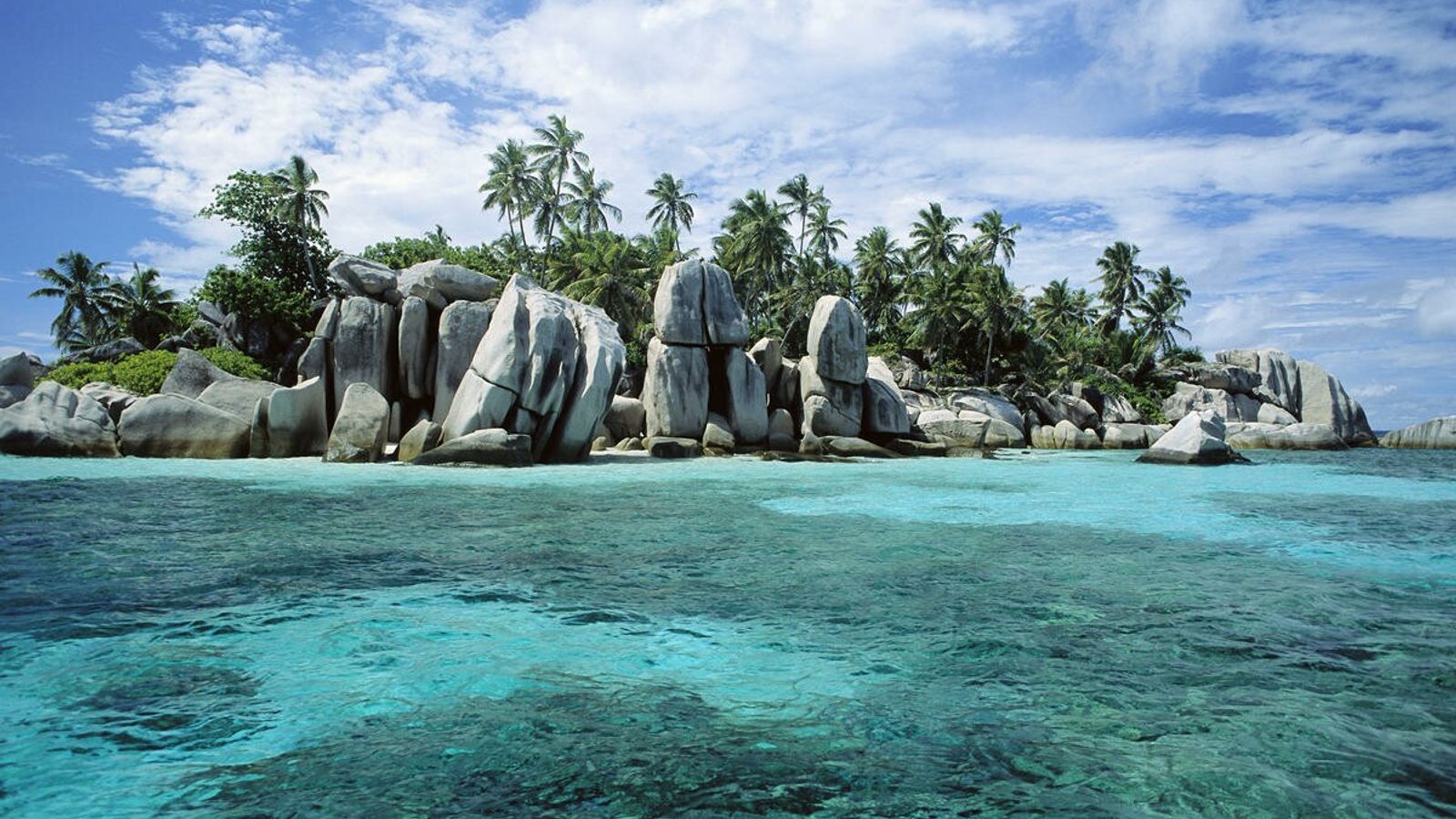



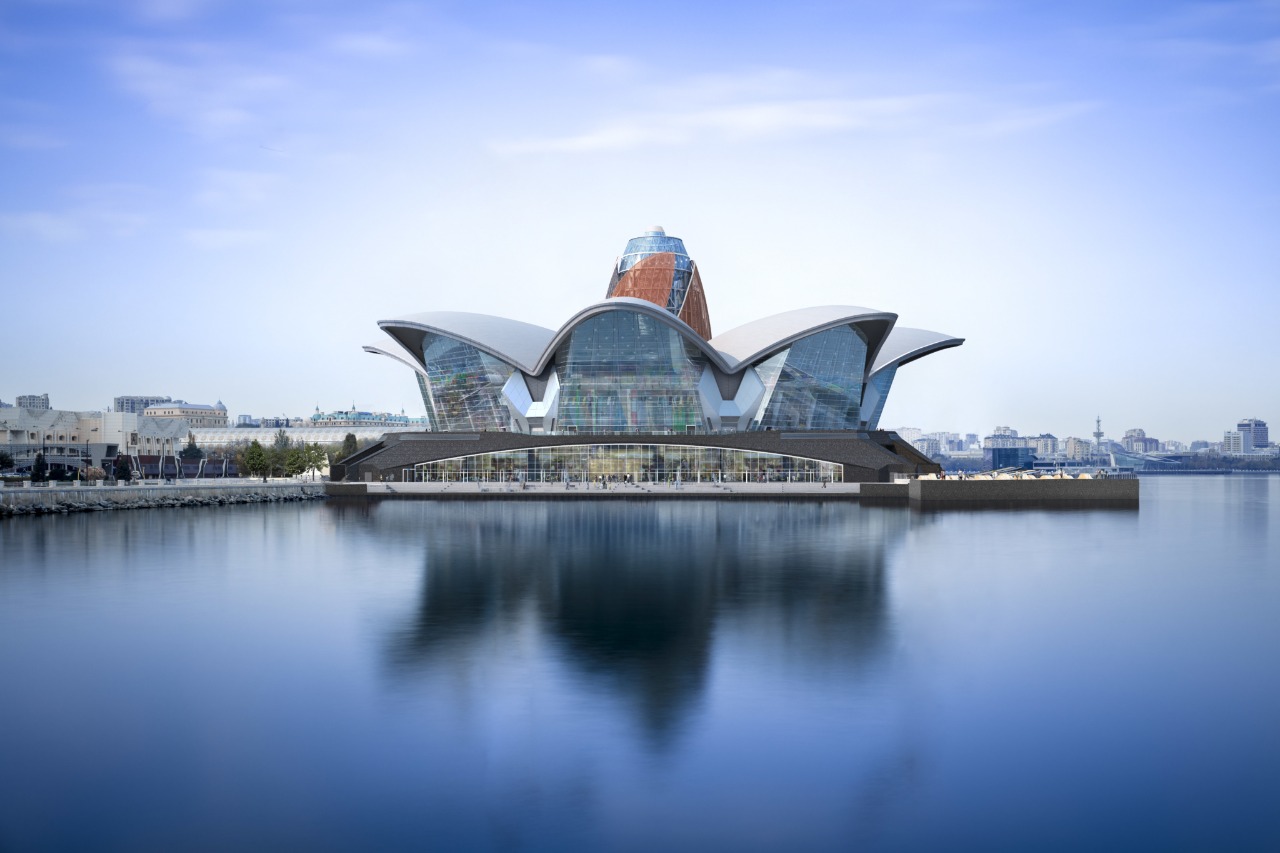












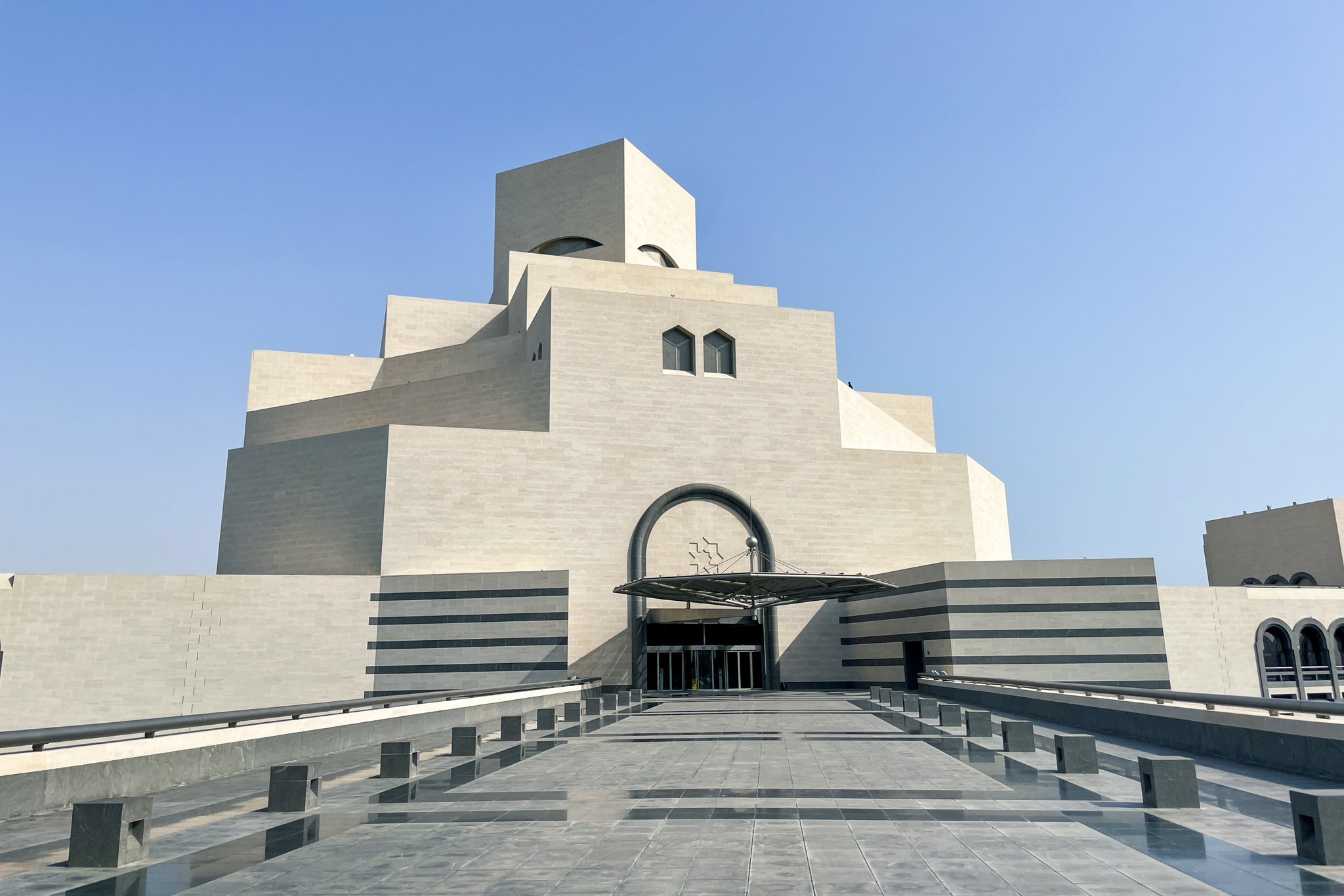








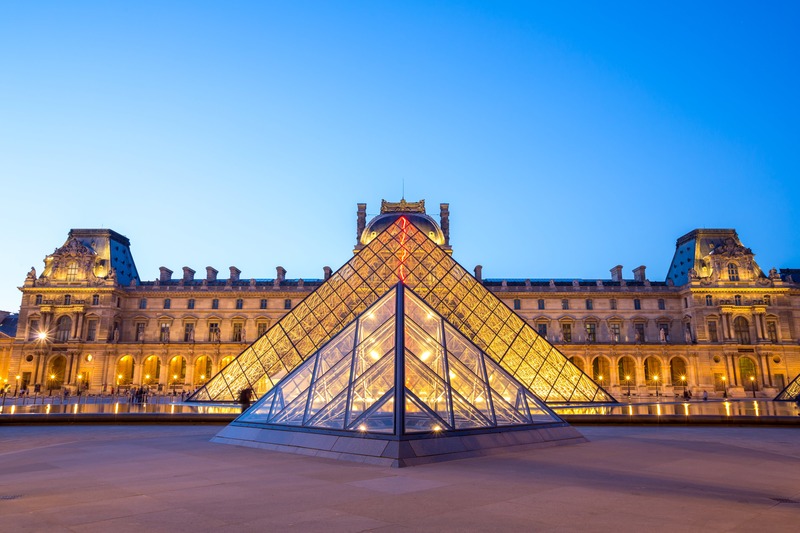




.jpg)














.jpg)












